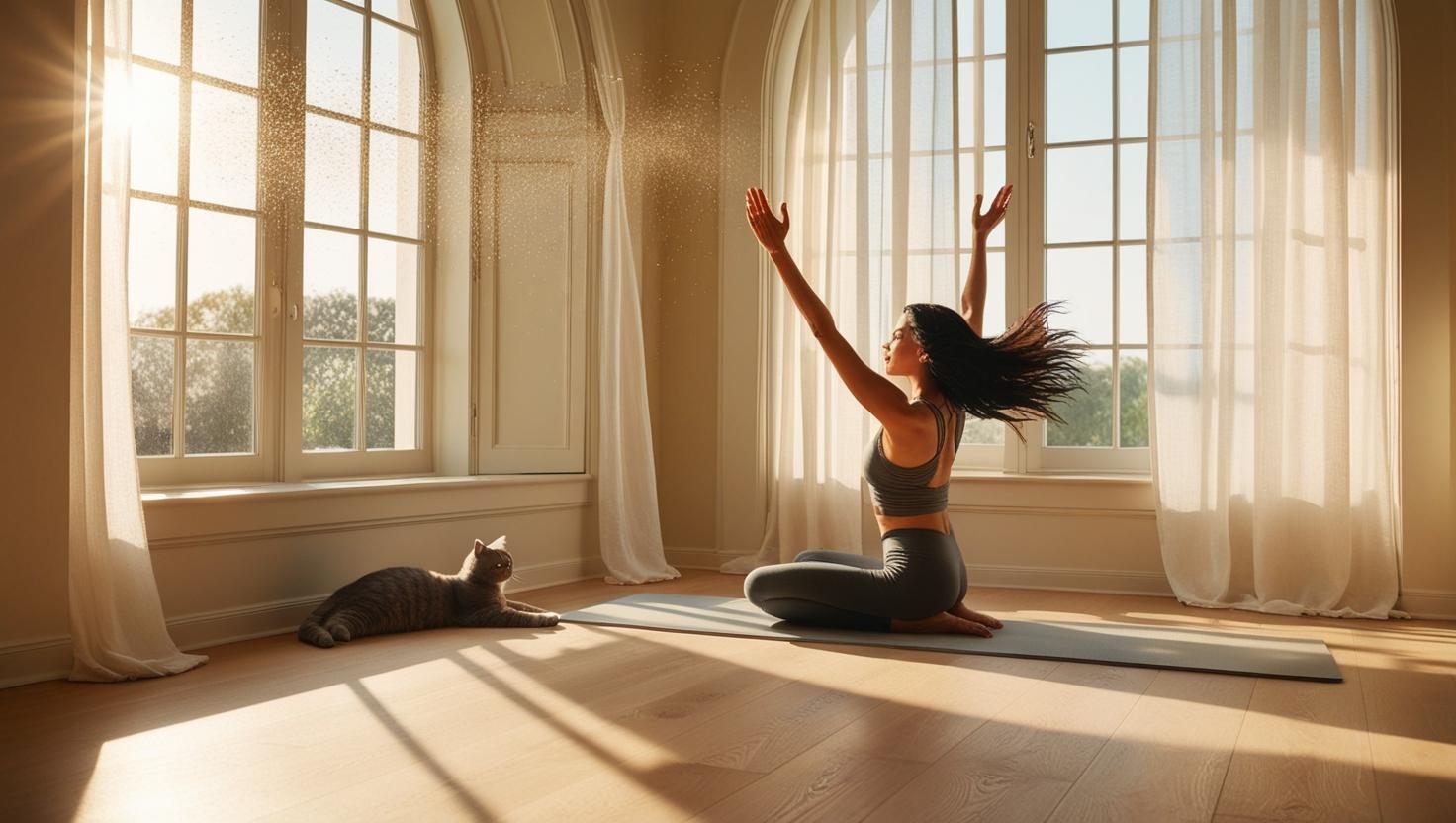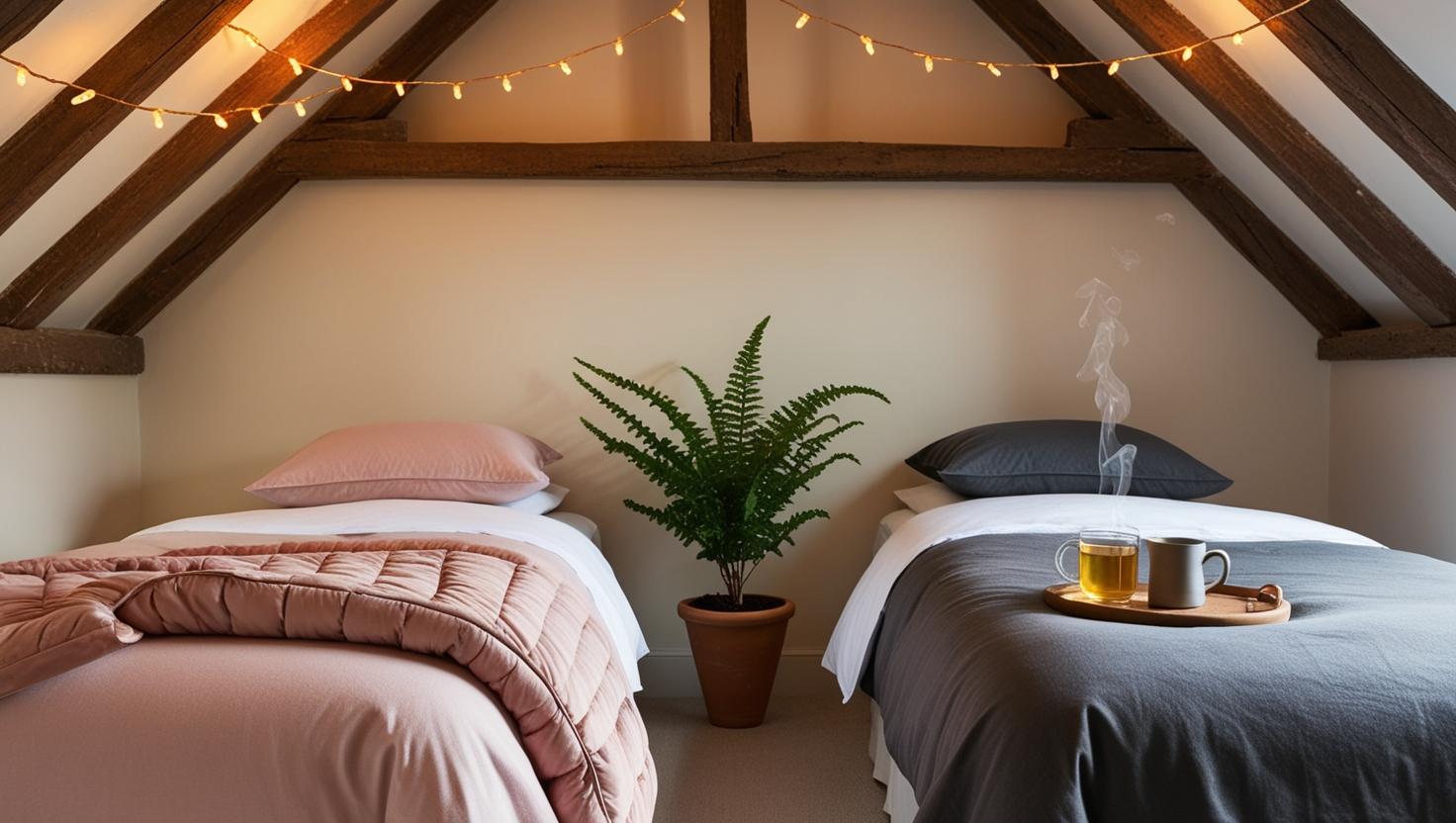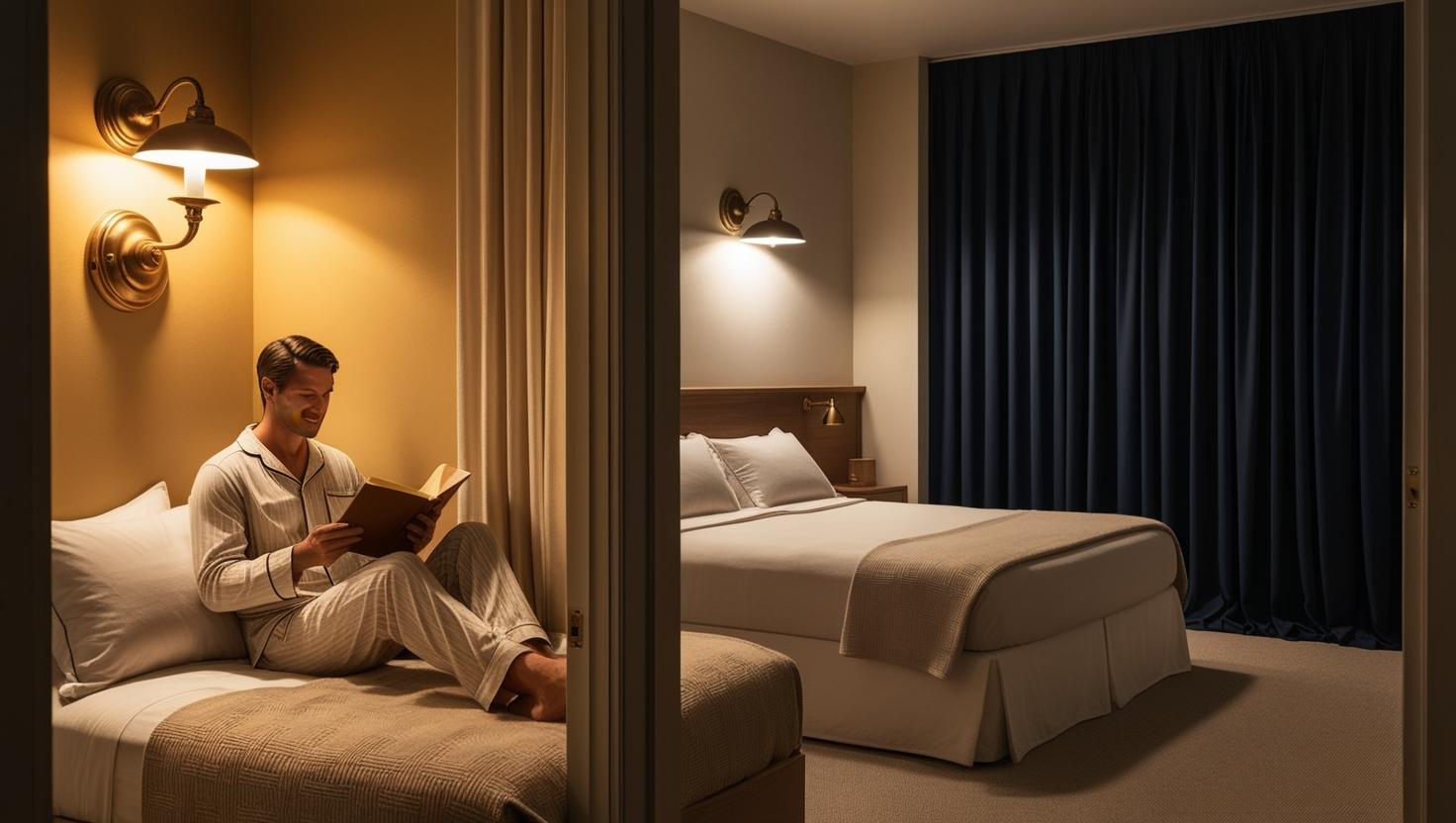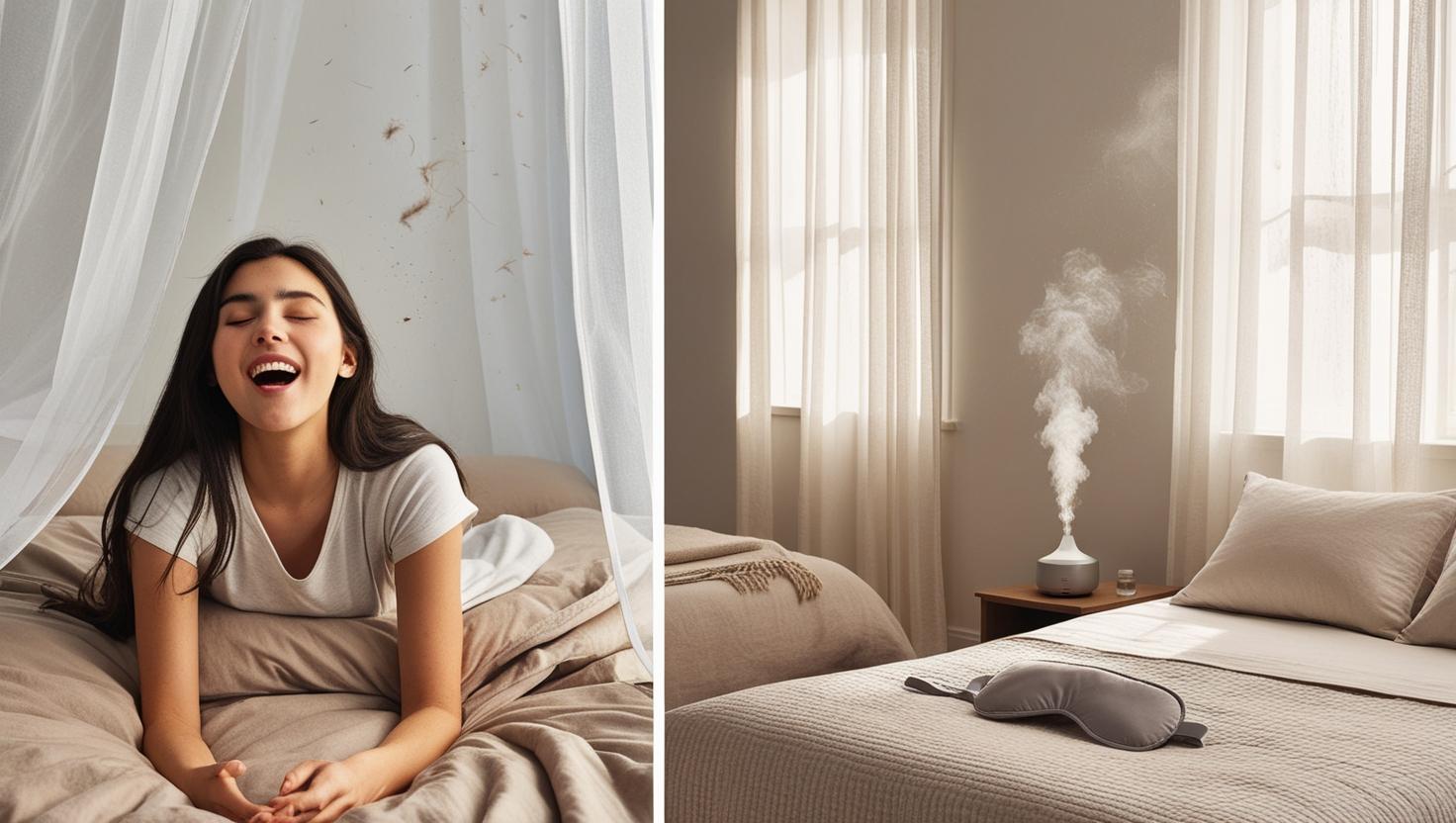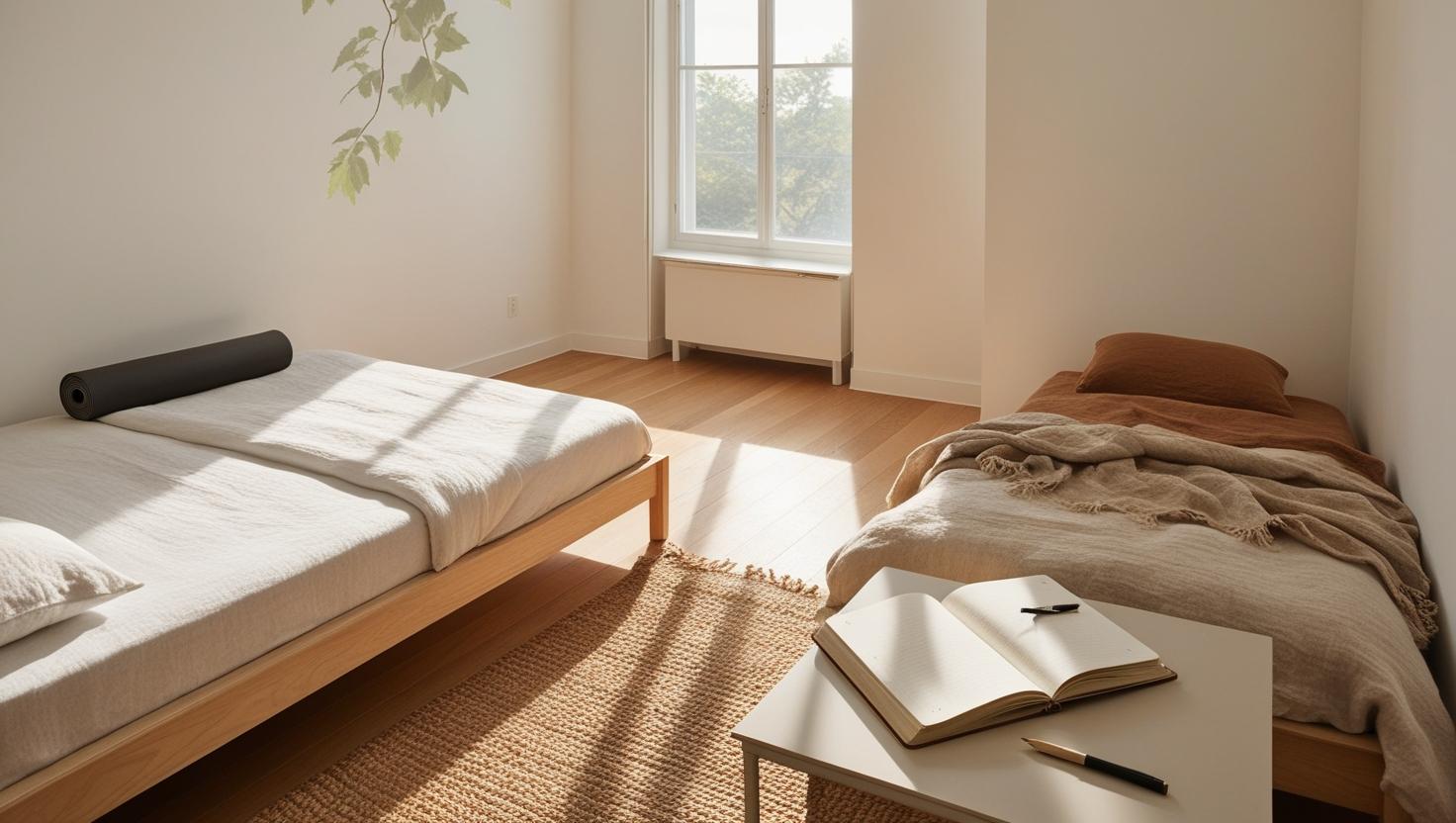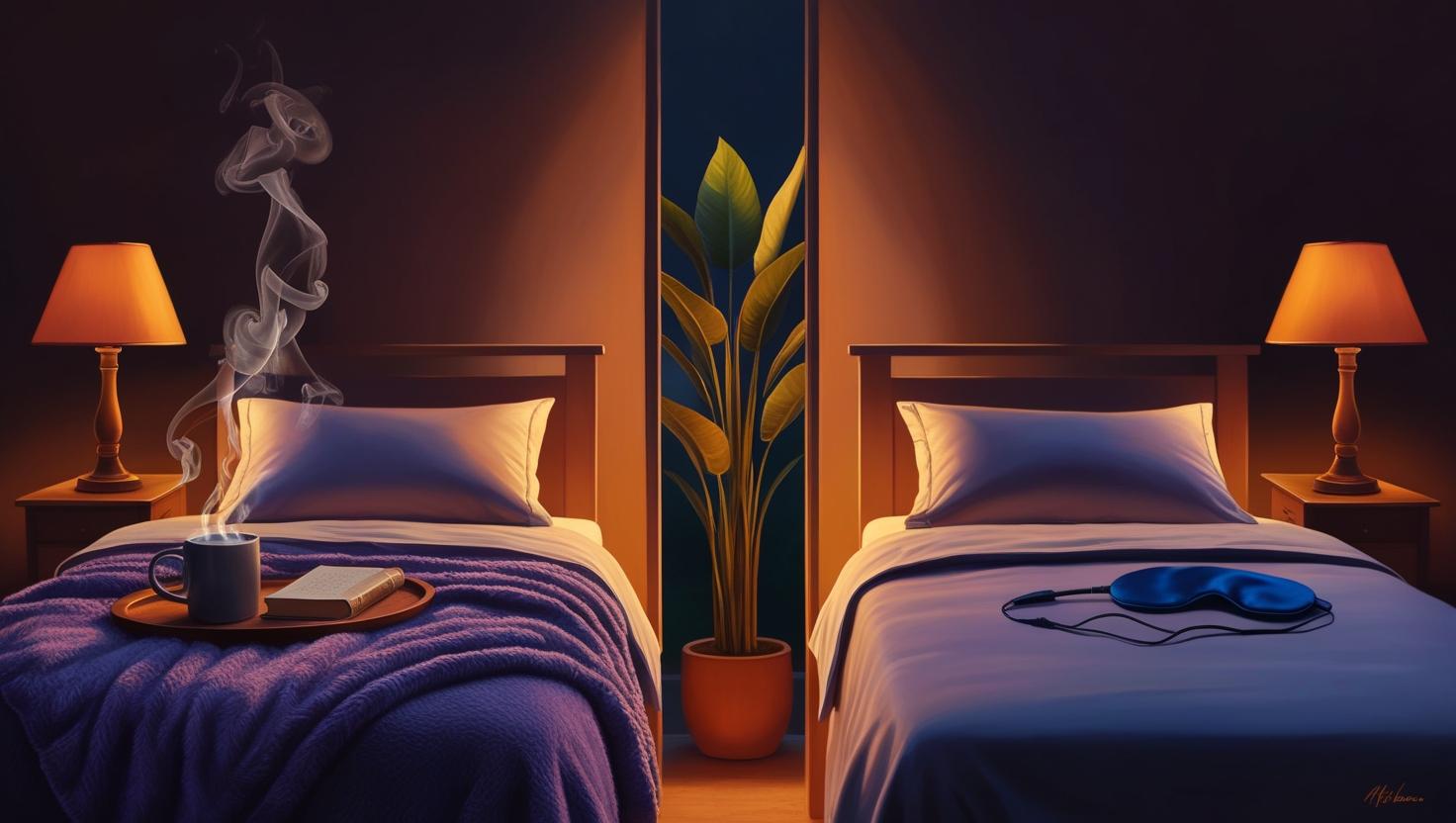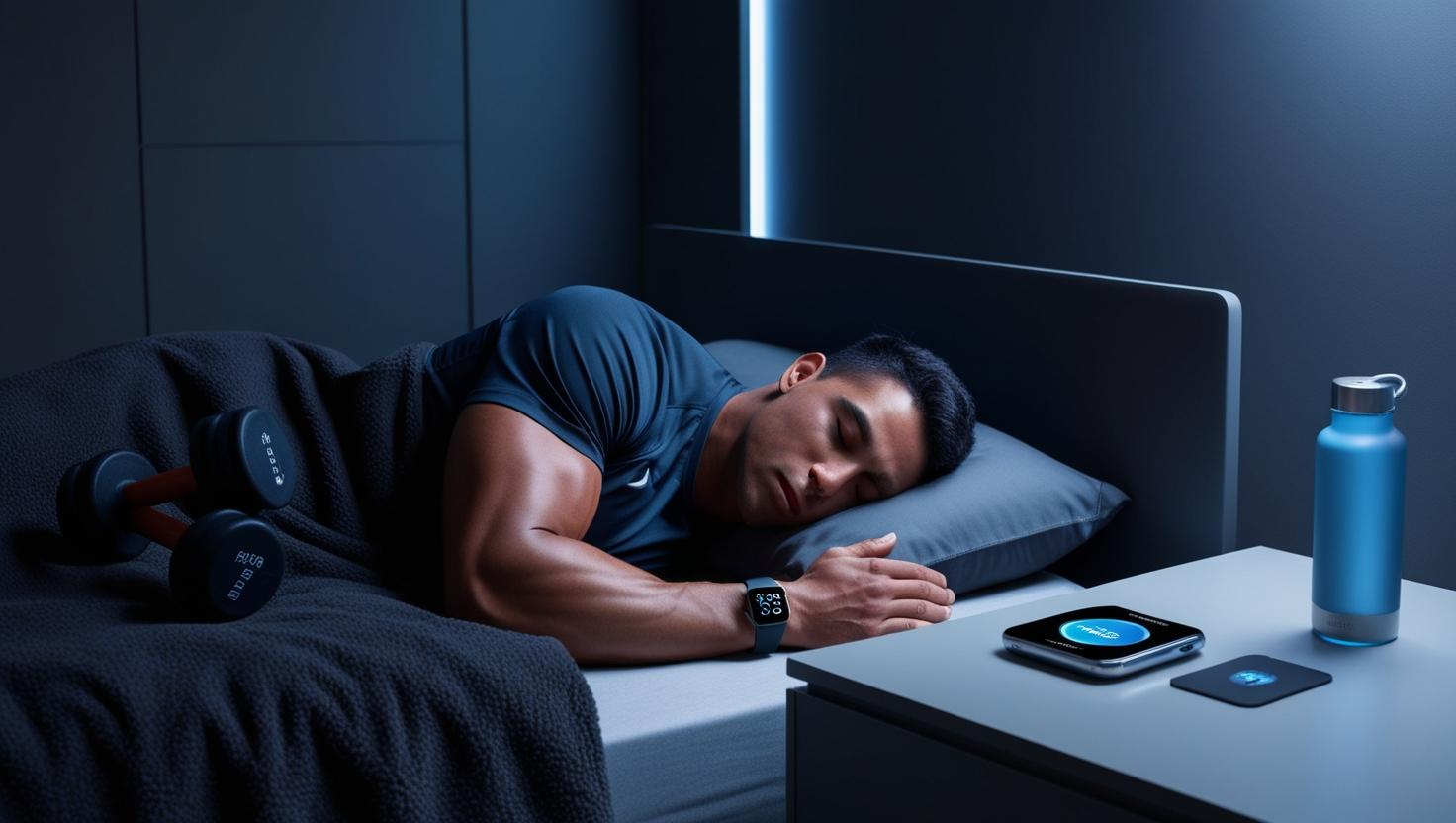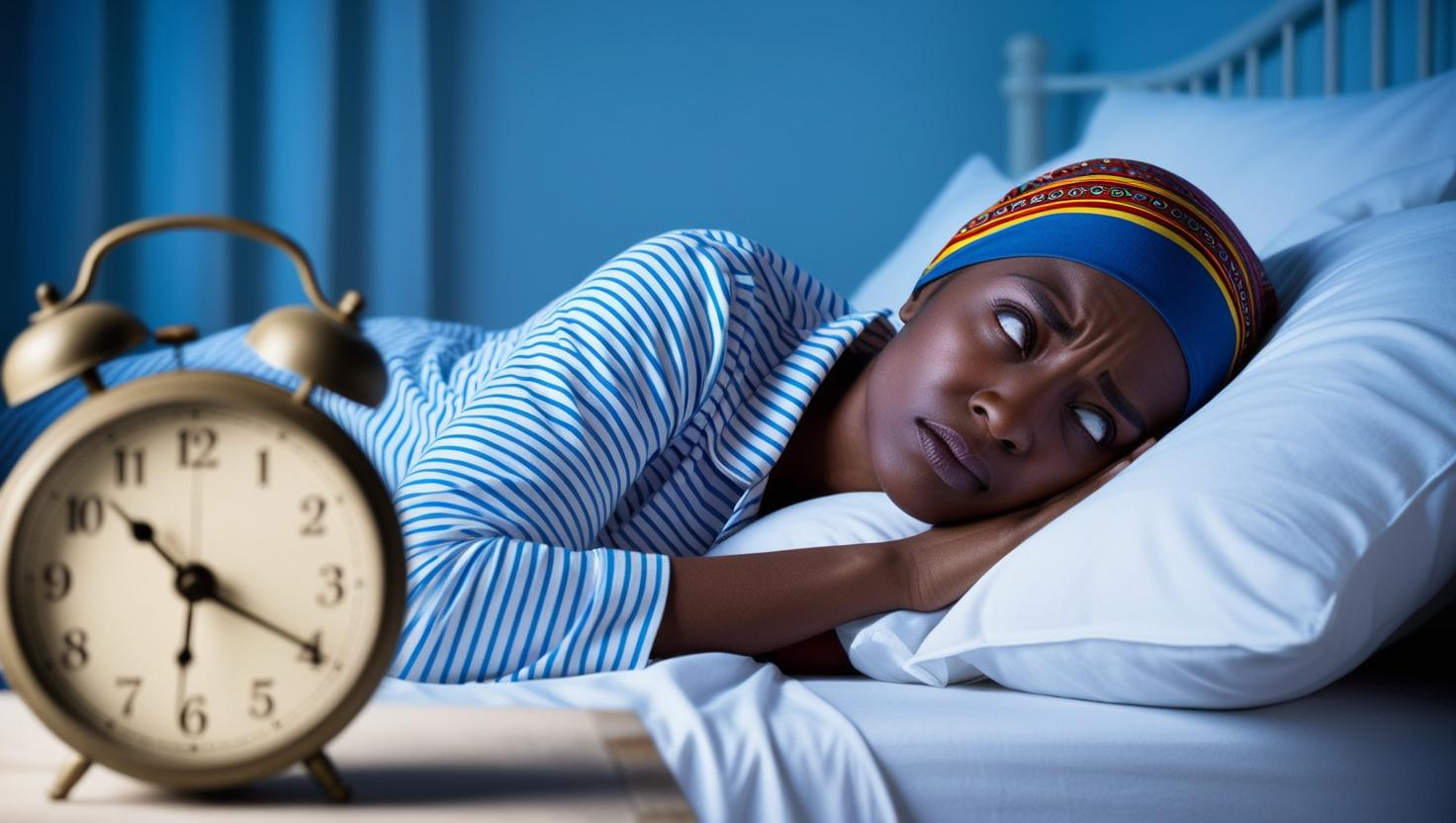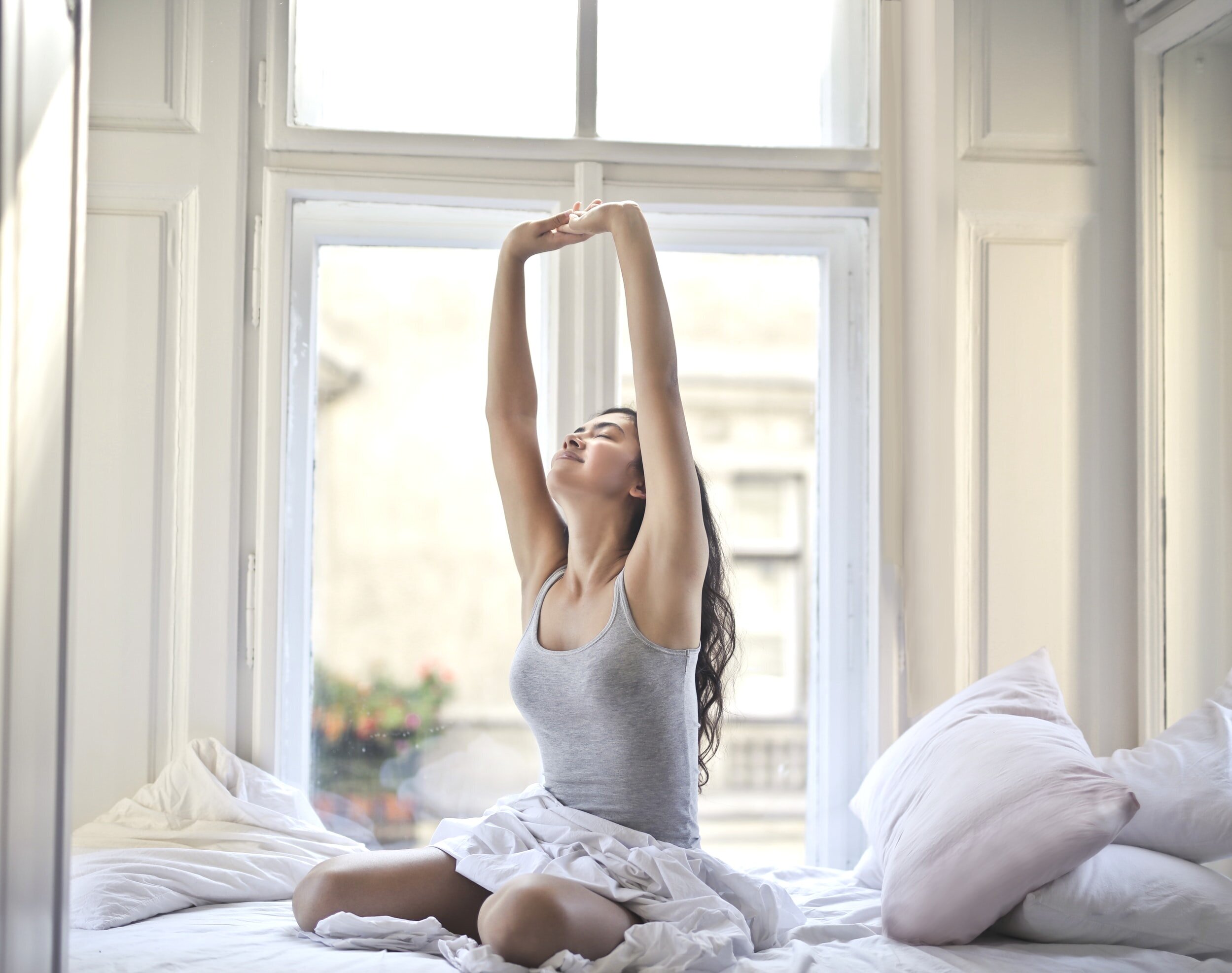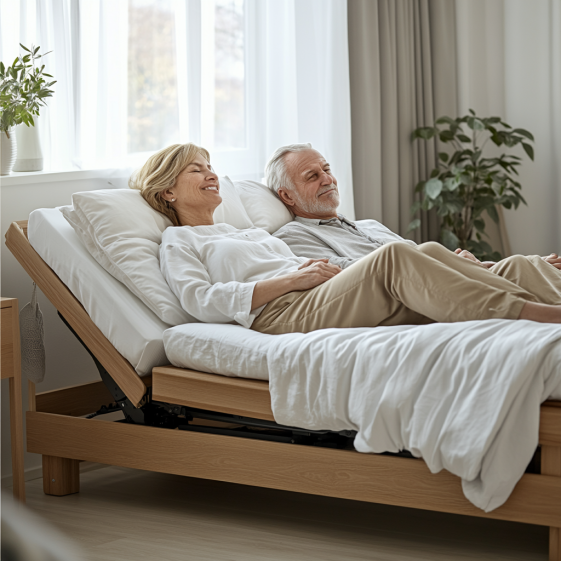Sleep Debt
Sleep debt is real, and it’s more than just feeling groggy—it impacts your mood, memory, and health. But the good news? You can fix it.
Key Takeaways
- Sleep debt accumulates when you consistently miss out on quality rest.
- You can recover by gradually increasing sleep time and improving habits.
- Quick fixes don’t work for chronic sleep debt—consistency is key.
- Better sleep hygiene can prevent future debt and boost daily energy.
What is Sleep Debt? (And Why It’s a Big Deal)
Think of sleep like a bank account: if you “withdraw” too much by staying up late or waking early, you accumulate sleep debt. This is the gap between the sleep your body needs and what you actually get. Resources like the National Sleep Foundation confirm its health impact.
Missing just 2 hours per night during the week leaves you with a 10-hour debt by Friday. Left unpaid, it affects your entire body.

Why Sleep Debt Wrecks Your Energy
- Constant tiredness: Even after sleeping in, you still feel off.
- Stress and mood issues: Poor sleep increases cortisol, leading to irritability.
- Weakened immunity: Chronic sleep loss leaves you vulnerable to illness.
- Food cravings: Hormonal imbalances from sleep loss make you crave sugar and carbs.
- Mental fog: Focus and memory get blurry when you’re running low on rest.
Understanding your sleep debt helps you recognize the need for recovery before it snowballs into health issues.
Can You Catch Up on Sleep Debt?
Yes—but how depends on the severity. According to experts at Sleep Education, short-term sleep debt is easy to reverse, while long-term debt needs a dedicated approach.

How Long Does It Take?
- 1–2 nights lost? A couple of full nights of rest should reset your energy.
- A full week missed? Plan for several nights with an extra hour or two.
- Chronic deprivation? Think gradual change—consistency is your best friend here.
Catching up on sleep debt isn’t about sleeping all weekend—it’s about creating long-term, restful habits.
How to Pay Off Sleep Debt & Restore Energy
Ready to catch up without throwing your routine into chaos? Here’s how to recover smartly and sustainably.
Step 1: Be Consistent (No More Weekend Sleep Binges)
- Stick to regular bedtimes and wake-up times—even on weekends.
- Sudden changes confuse your circadian rhythm and prolong fatigue.
- Use a journal or tracker to build accountability.
Step 2: Use Smart Naps (The 20-Minute Trick)
- Short naps of 20–30 minutes are ideal for alertness.
- Avoid late-afternoon naps to prevent disrupting your bedtime.
- Skip marathon naps—they often cause grogginess and disrupt your rhythm.
Step 3: Add Sleep Time Gradually
- Increase your nightly rest by 15–30 minutes until you feel restored.
- Don’t aim to “make it all up” in one go—slow progress sticks.

Your body responds best to small, repeatable changes. Start with tonight—and keep going.
Lifestyle Tweaks That Help You Catch Up on Sleep
Reversing sleep debt isn’t just about hours—it’s about quality. Let’s make your bedroom and routine more sleep-friendly.
Improve Your Sleep Environment
- Create a wind-down routine: Think reading, soft music, or light stretching.
- Cool the room: 60–67°F is ideal for deeper sleep.
- Cut screen time: Block blue light an hour before bed.
- Use calming sounds: White noise or nature audio can ease the mind.
Boost Energy Without More Coffee
- Morning sunlight: Natural light jumpstarts your internal clock.
- Gentle movement: Stretching or a walk boosts energy naturally.
- Hydrate: Fatigue is often dehydration in disguise.
- Eat smart: Focus on whole foods with steady energy, not sugar spikes.

Create a sleep sanctuary and energizing habits that naturally reduce your need to “catch up.”
How to Prevent Sleep Debt in the Future
The easiest way to beat sleep debt? Don’t build it up. These simple strategies help you stay rested and energized long-term.
Simple Habits That Keep You Rested
- Sleep 7–9 hours every night—no exceptions.
- Stick to a routine—even on weekends or holidays.
- Avoid screens and bright lights close to bedtime.
- Say no to heavy meals and late caffeine.
- Listen to your body—rest when it tells you to.
Explore the science of sleep and how to wake up refreshed every day.
Final Thoughts: Wake Up Rested & Ready
Sleep debt doesn’t have to drag you down. With gentle routines, smarter habits, and consistency, you can reverse its effects and reclaim your mornings. Tonight, try turning in just a bit earlier—you’ll feel the difference.
FAQ
Can you ever fully repay sleep debt?
Yes, most short-term sleep debt can be repaid with consistent, quality sleep over several days. Chronic debt takes longer but is still reversible.
Is it bad to oversleep on weekends?
Yes—oversleeping can disrupt your circadian rhythm and make it harder to sleep on Sunday night. It’s better to keep a steady sleep schedule.
How much extra sleep do I need to recover?
Aim for 15–60 minutes extra per night, gradually. Your body needs time to restore its balance, not a single “makeup” session.
Learn more in how sleep affects memory and focus, or explore science-backed ways to fall asleep faster. Need a better sleep setup? Discover the best cooling mattresses to keep you comfy.

